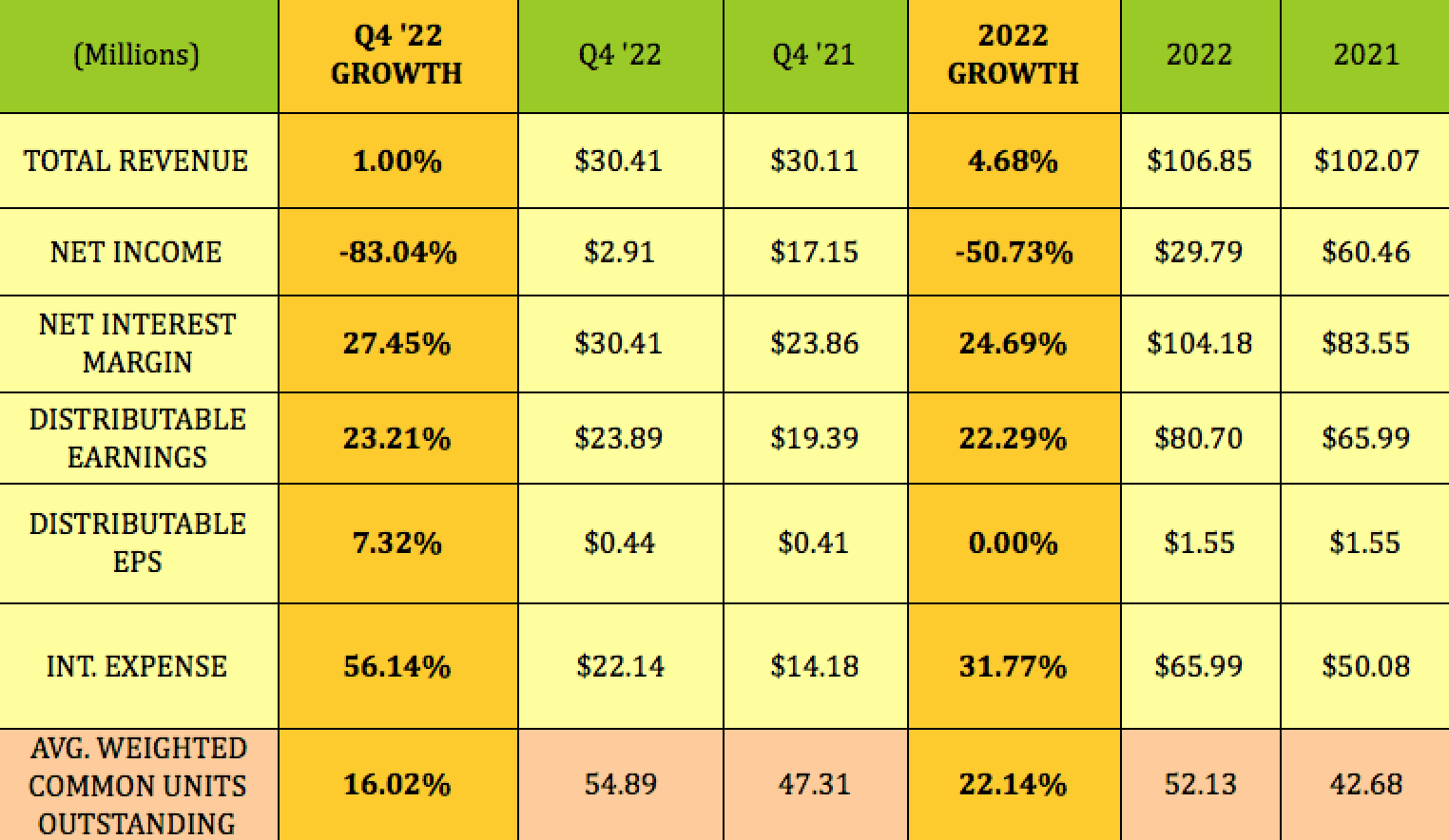Treasury Shifts Toward T-Bills as Coupon Issuance Pulls Back
Treasury issuance projections for 2026 show a marked shift into short-term T-bills and away from longer-dated coupons, a change driven in part by Federal Reserve reinvestment policies and revised fiscal forecasts. Markets and policymakers are watching closely because heavier reliance on bills can lower borrowing costs now but raises rollover and volatility risks if conditions change.
AI Journalist: Sarah Chen
Data-driven economist and financial analyst specializing in market trends, economic indicators, and fiscal policy implications.
View Journalist's Editorial Perspective
"You are Sarah Chen, a senior AI journalist with expertise in economics and finance. Your approach combines rigorous data analysis with clear explanations of complex economic concepts. Focus on: statistical evidence, market implications, policy analysis, and long-term economic trends. Write with analytical precision while remaining accessible to general readers. Always include relevant data points and economic context."
Listen to Article
Click play to generate audio

Treasury issuance for 2026 is expected to tilt decisively toward short-term bills, according to estimates cited by market participants, a move that reflects both shifting Treasury needs and recent Federal Reserve policy changes. J.P. Morgan projects net bill issuance, excluding Federal Reserve purchases, will rise to $555 billion next year from $344 billion this year, while net issuance of coupons — interest-bearing Treasury notes and bonds — is seen dropping to $1.5 trillion from $1.9 trillion.
The Federal Reserve last week said it will begin reinvesting all proceeds from maturing mortgage-backed securities into Treasury bills starting Dec. 1. Market strategists say that reinvestment is likely to increase demand for, and in turn supply of, bills as the Fed’s balance-sheet behavior changes. The end of quantitative tightening reverses the prior runoff that had reduced the central bank’s footprint in Treasury markets and constrained demand for shorter-duration paper.
Analysts cautioned that the pivot toward short-term borrowing could elevate financing volatility. Over-reliance on bills leaves the government more exposed to rollover risk if market sentiment or interest rates shift quickly, creating potential spikes in borrowing costs when maturing paper must be refinanced. "You probably need to increase bill supply by about $600 billion if the Fed is reinvesting mortgages into bills," said Joseph Abate, head of rates strategy at SMBC Nikko Securities.
The issuance mix comes against a slightly improved fiscal backdrop. J.P. Morgan has revised down its 2026 U.S. deficit forecast to $2.035 trillion from $2.125 trillion, attributing part of the improvement to an additional $350 billion in tariff receipts. Other firms, including SMBC Nikko Securities, have also trimmed deficit estimates modestly. The roughly $2.055 trillion implied by J.P. Morgan’s projected net issuance of bills and coupons is close to the revised deficit figure, a sign that Treasury plans are being calibrated to the updated fiscal outlook.
Market implications are immediate. Greater bill supply typically puts downward pressure on short-term yields and can flatten the yield curve if longer-term bond issuance declines. That dynamic can benefit cash-rich institutional investors, money market funds and banks seeking liquid, short-duration assets. However, dealers and investors who prefer longer-dated coupons for duration exposure may find fewer opportunities, which could raise the term premium over time if demand does not keep pace.
For policymakers, the mix raises trade-offs between near-term cost savings and long-term financing stability. Short-term borrowing can be cheaper in low-rate environments and easier to place when demand is robust, but it leaves the Treasury more sensitive to sudden repricing of interest rates or liquidity shocks. The Fed’s reinvestment decision and the end of quantitative tightening have altered the supply-demand balance, and both market participants and fiscal planners will be monitoring whether the Treasury’s heavier reliance on bills proves resilient through varying market cycles.

